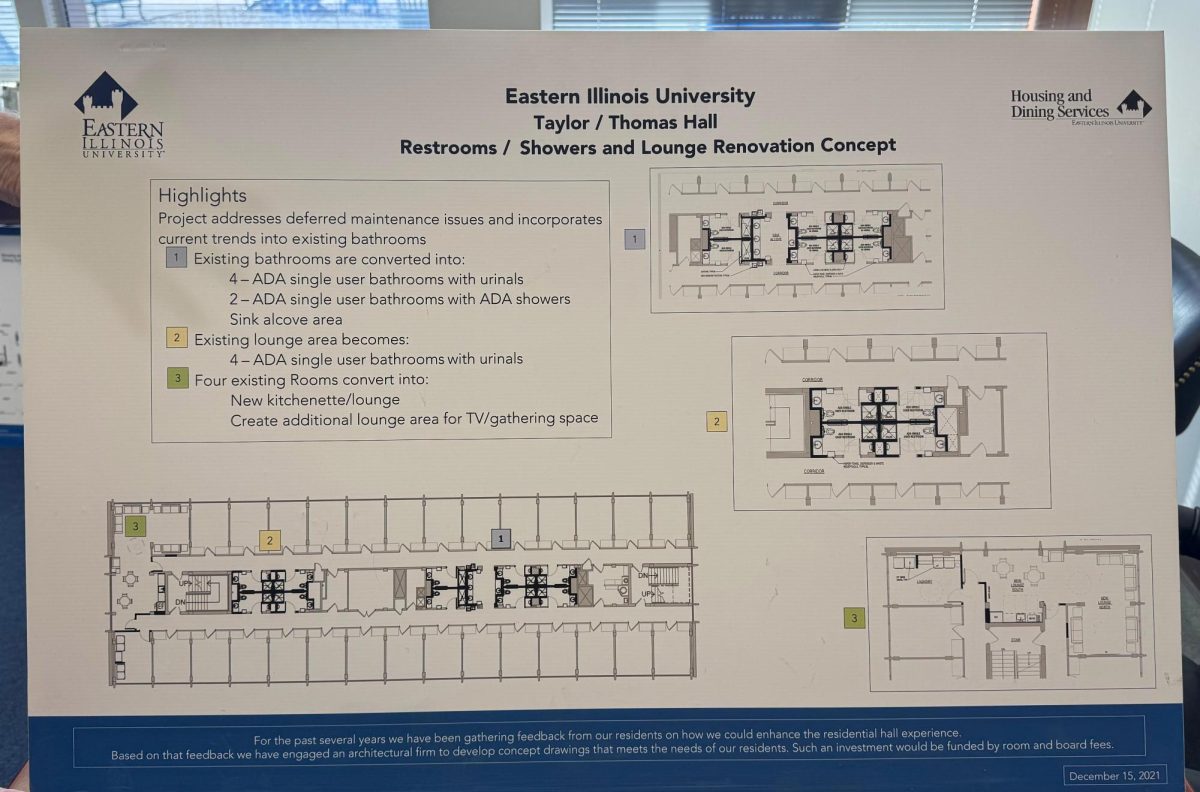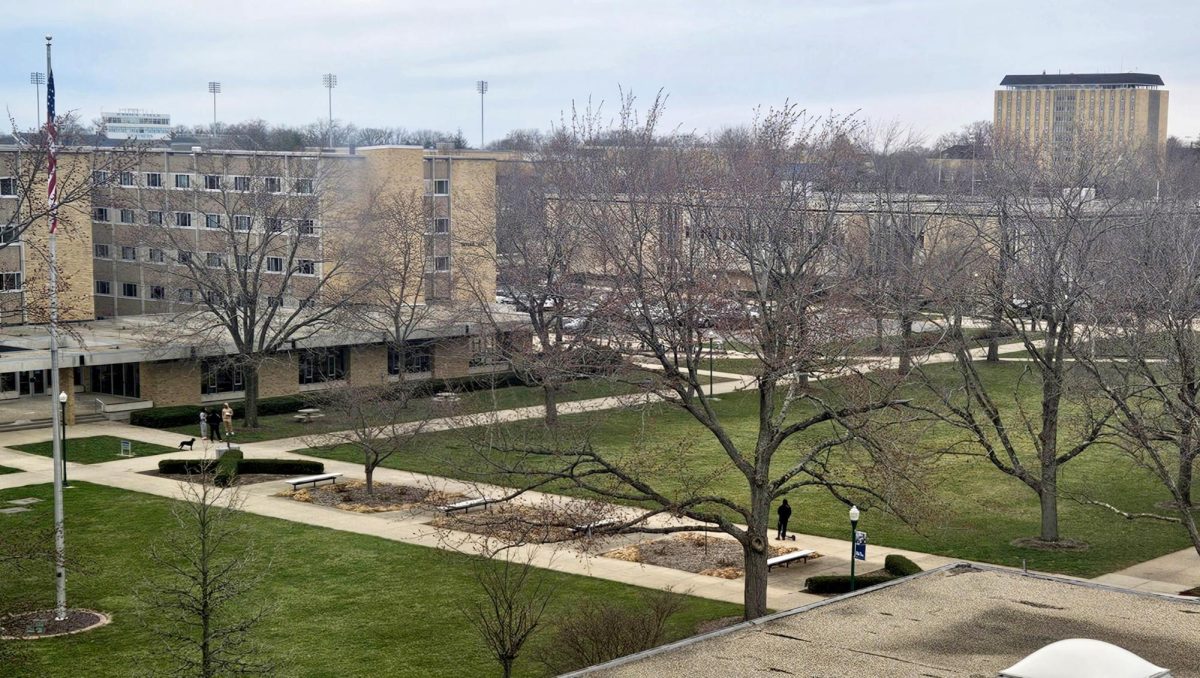A budget town hall updating on the state of the fiscal year and building reinvestment across campus was held on Wednesday in the Doudna Recital Hall.
The first speaker was the Executive Director for Information Technology Services Ryan Gibson who discussed the EIU facilities reinvestment committee.
According to Gibson, the committee of around 20 started its work in spring 2023.
When looking into the facilities at Eastern, the committee was looking at three things, he said.
“First is our facilities condition assessment.” Gibson said. “Last summer we had [Cordogan Clark] come in. They took a look at all of our buildings.”
Cordogan Clark is an architectural, planning, engineering and construction firm according to its website.
The buildings on campus were rated by how much reinvestment was needed in them.
Buildings in the range from five to 10 needed little to no work, but buildings in the range of 50 to 65 suggested heavy reinvestment or even replacement.
“It gives us prospective on how much reinvestment we need,” Gibson said.
The second factor looked at was space utilization.
“The industry standards for higher education is that a classroom is used anywhere from 60-70% of our prime-time hours, that being from 8 [a.m.] to 5 [p.m.],” Gibson said.
To meet industry standards, Gibson said a classroom should be in use 27-30 hours a week. He said EIU’s classrooms are used 12 hours a week.
Classrooms and university housing have had the same capacity for about twenty years according to Gibson. The student population is less than it was at that time, leaving those spaces with more than the required number of spaces.
Vice President of Business Affairs Matt Bierman discussed how the fiscal year’s income and expenses are doing. In terms of tuition, it has continued to go up over the years, he said.
“We have been increasing it slowly,” Bierman said. “We have to continue to generate revenue.”
The tuition rate at eastern has continued to rise every year since 2016, according to Bierman.
For 2024, the costs for personnel and operating were almost split even.
Personnel expenses include faculty and staff, while operating costs can range from food service to repairs.
“Overall, about 52% of our expenses go to personnel,” Bierman said.
This fiscal year the total income for EIU was between $90-100 million while expenses were slightly less according to a graph presented by Bierman.
Bierman presented three scenarios and how each would affect overall expenses. The enrollment was changed, however the state appropriation, tuition, wages and fixed cost increased by 2% over five years.
Scenario one was if enrollment stated at a flat rate.
“Revenue still continues to grow because we are growing the rate of what we are charging students,” Bierman said. “But our expenses start to grow at a greater rate than what are revenue is growing.”
Scenario two used a 2% decline in enrollment.
“Revenue doesn’t go down. It is pretty much flat; expenses continue to declinel,” Bierman said.
Scenario three used a 5% decline in enrollment.
“At 5%, revenue starts to go down, and expenses are pretty much the same,” Bierman said.
The future choice, he said, depends on student enrollment.
“We have to make some decisions on campus depending on what the headwinds are telling us,” Bierman said.
Jason Coulombe can be reached at 581-2812 or at jmcoulombe@eiu.edu.



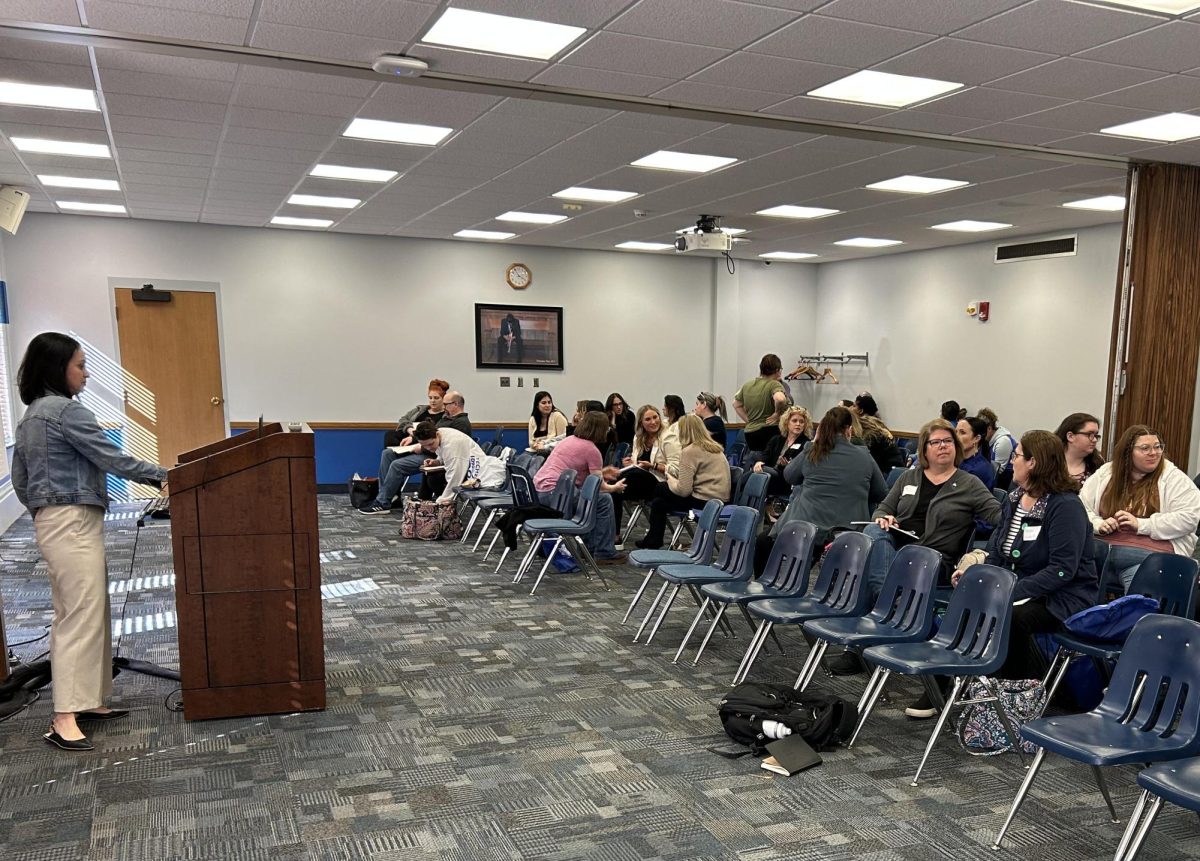



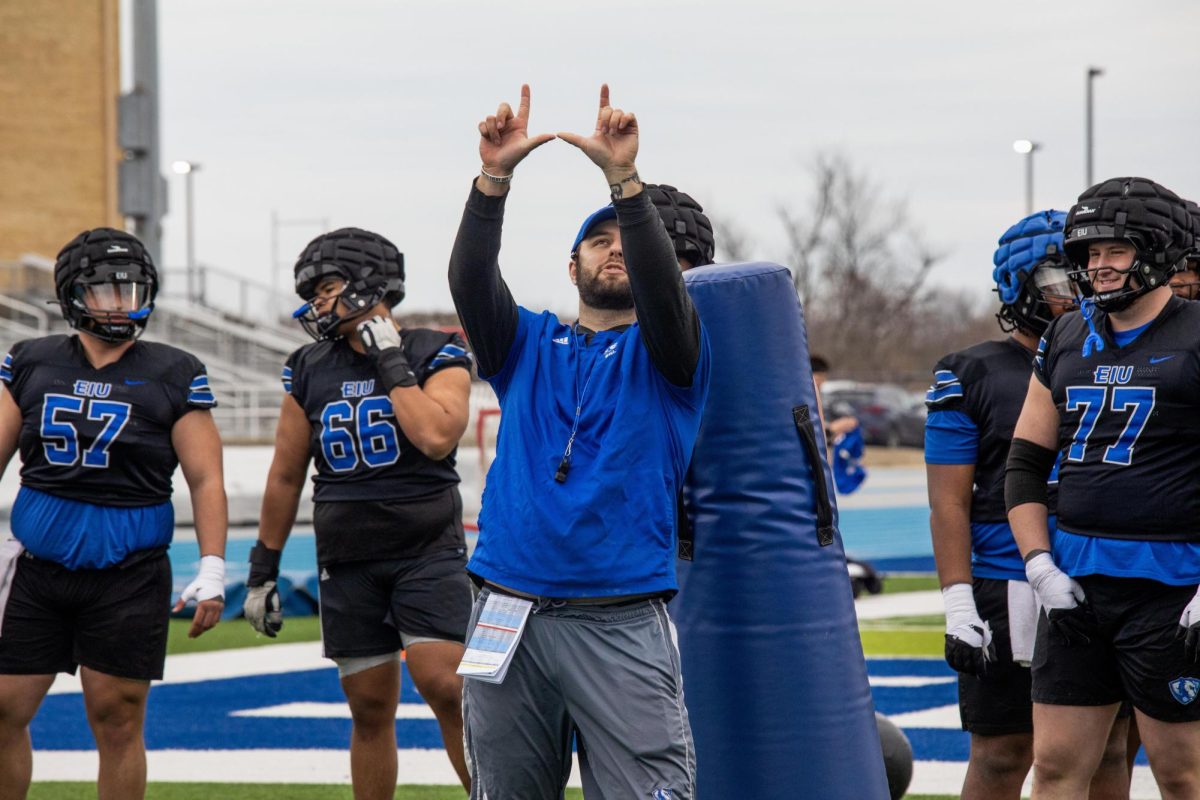



![[Thumbnail Edition] Junior right-handed Pitcher Lukas Touma catches at the game against Bradley University Tuesday](https://www.dailyeasternnews.com/wp-content/uploads/2025/03/MBSN_14_O-e1743293284377-1200x670.jpg)

![[Thumbnail Edition] Eastern Illinois University baseball senior utility player Tyler Castro fields a ground ball during the team's first intrasquad scrimmage of the season on Jan. 31.](https://www.dailyeasternnews.com/wp-content/uploads/2025/03/BB_01_O-e1742874760130-1-e1742907504722-1200x911.jpg)
![[Thumbnail Edition] Senior Foward Macy McGlone, getsw the ball and gets the point during the first half of the game aginst Western Illinois University,, Eastern Illinois University Lost to Western Illinois University Thursday March 6 20205, 78-75 EIU lost making it the end of their season](https://www.dailyeasternnews.com/wp-content/uploads/2025/03/WBB_OVC_03_O-1-e1743361637111-1200x614.jpg)





































![The Weeklings lead guitarist John Merjave [Left] and guitarist Bob Burger [Right] perform "I Am the Walrus" at The Weeklings Beatles Bash concert in the Dvorak Concert Hall on Saturday.](https://www.dailyeasternnews.com/wp-content/uploads/2025/03/WL_01_O-1200x900.jpg)
![The team listens as its captain Patience Cox [Number 25] lectures to them about what's appropriate to talk about through practice during "The Wolves" on Thursday, March 6, in the Black Box Theatre in the Doudna Fine Arts Center in Charleston, Ill.](https://www.dailyeasternnews.com/wp-content/uploads/2025/03/WolvesPre-12-1200x800.jpg)


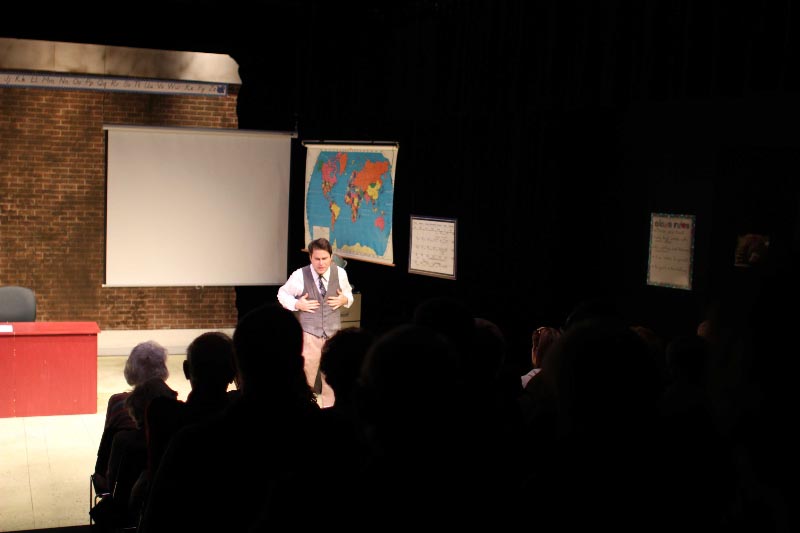












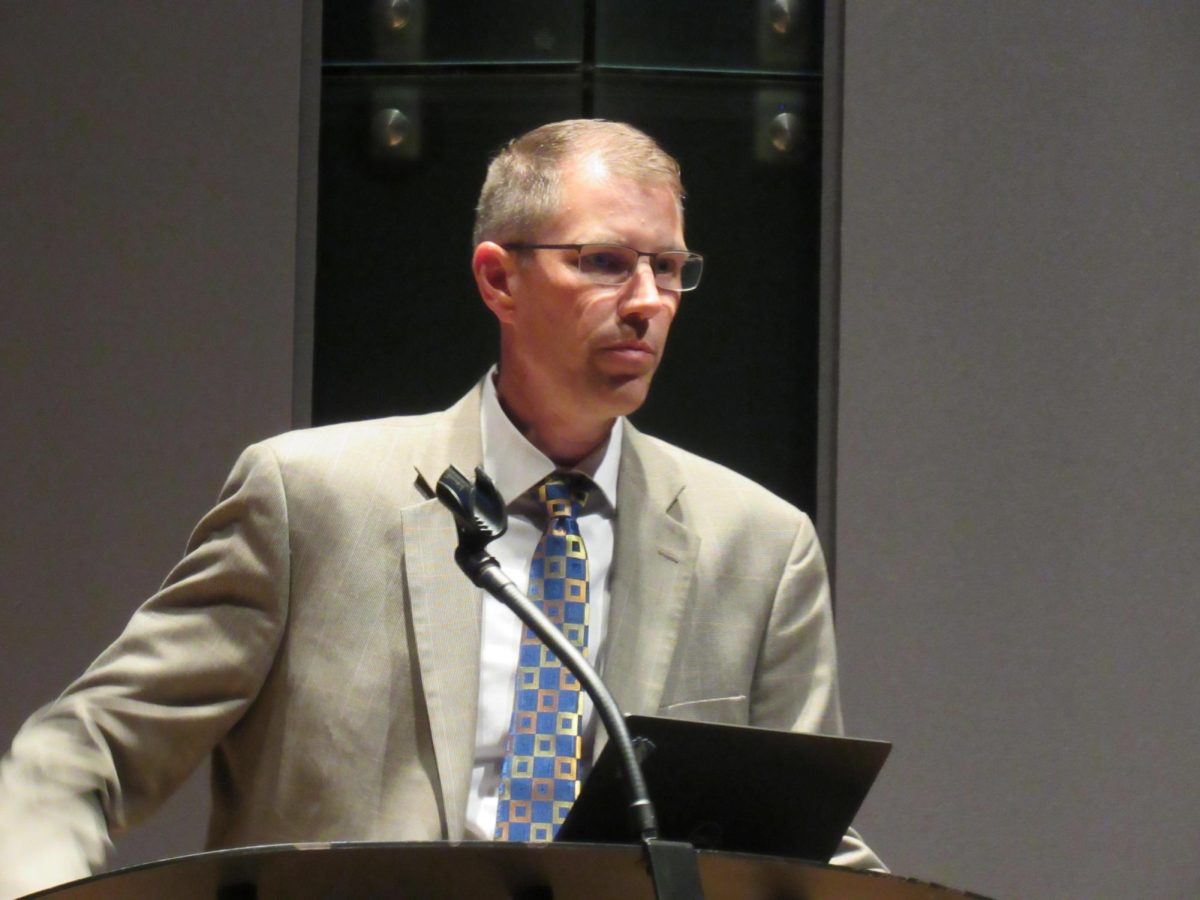
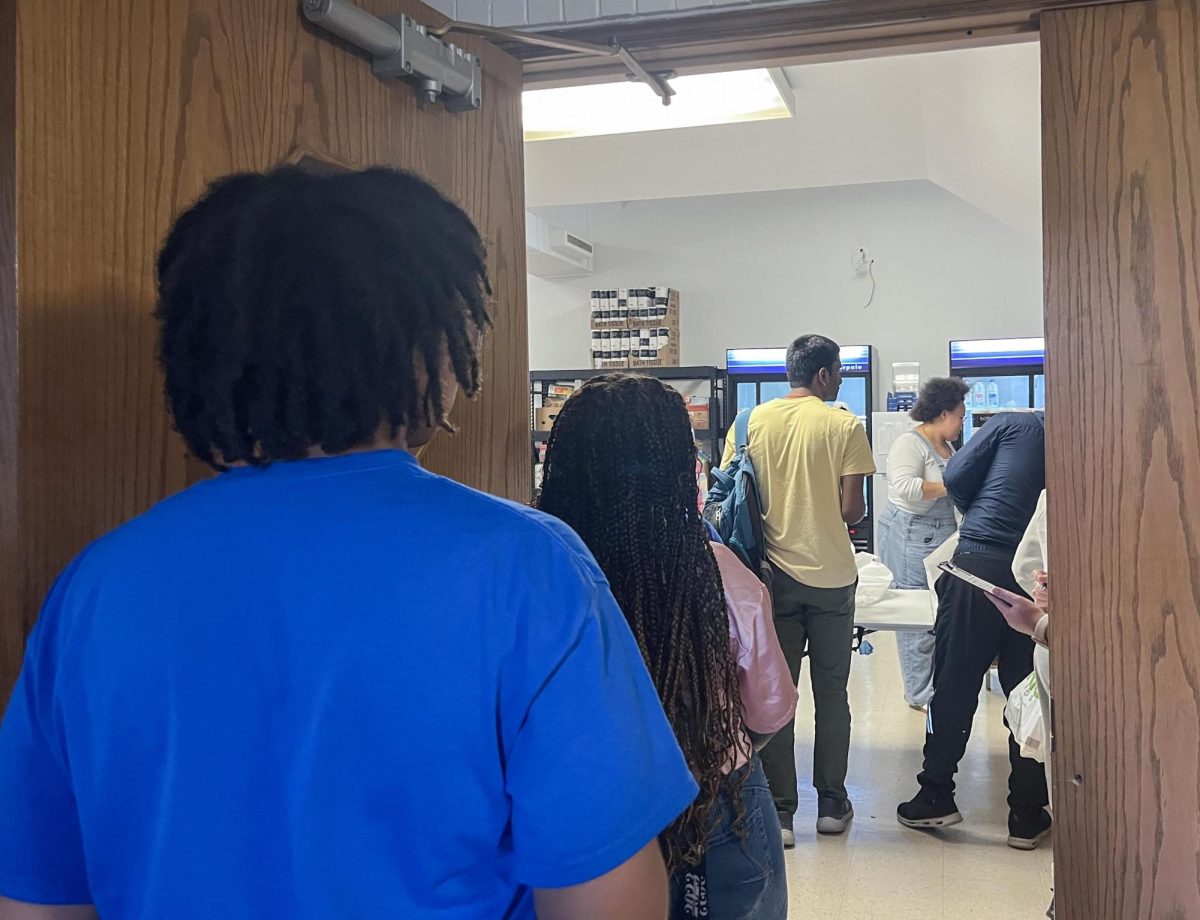
![[Thumbnail Edition] Eastern Illinois University President Jay Gatrell welcoming staff and faculty to the Spring 2025 Plan 2028 update in Doudna Fine Arts Center on March 26, 2025.](https://www.dailyeasternnews.com/wp-content/uploads/2025/03/P2028_01_O-1-e1743206673730-1200x560.jpg)
